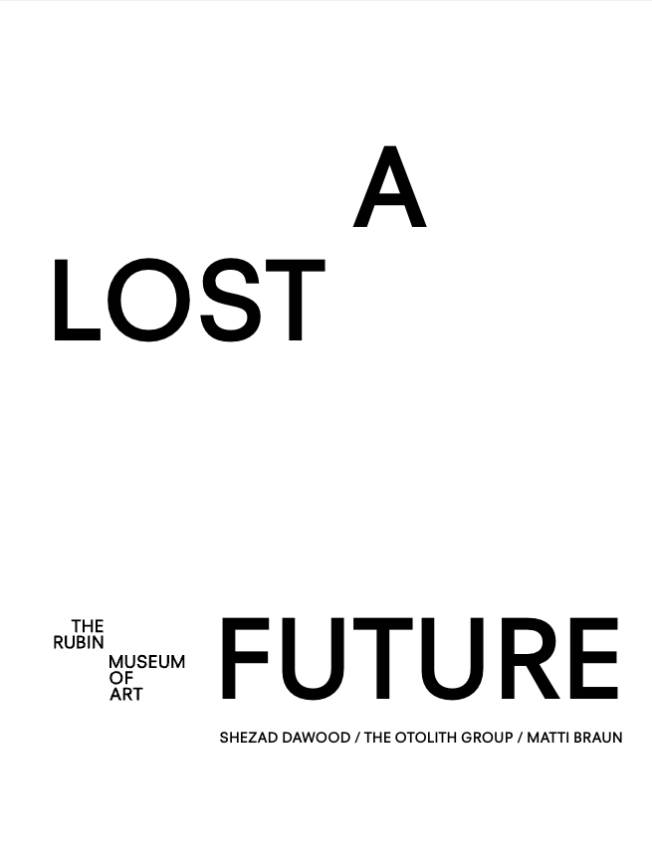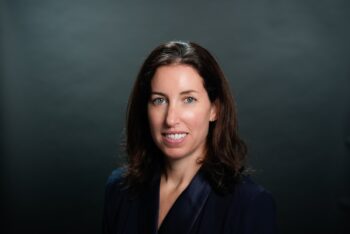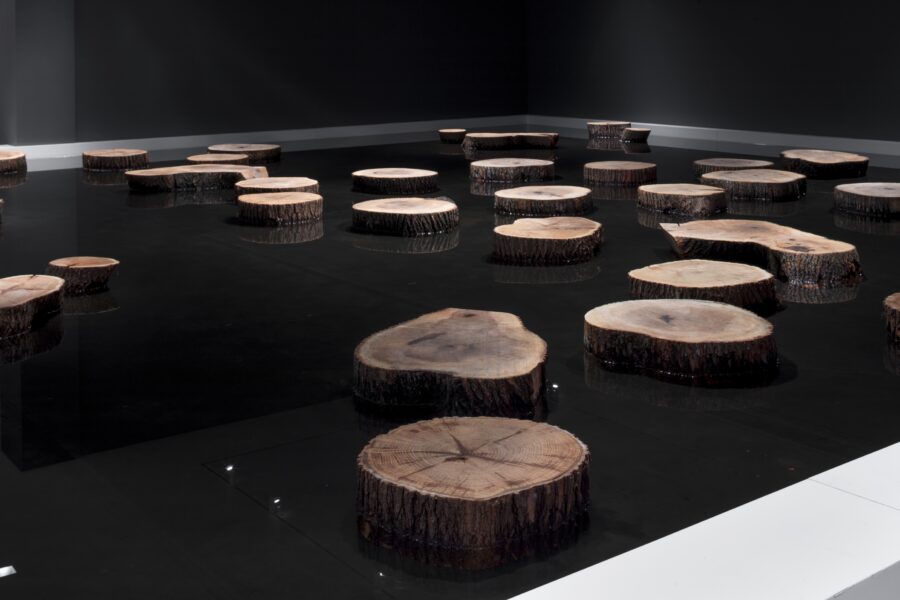The three-part exhibition A Lost Future challenges existing histories and speculative futures across cultures and in Bengal—a culturally rich region divided between present-day India and Bangladesh. The three contemporary artists featured in the exhibition—Shezad Dawood, The Otolith Group, and Matti Braun—engage an evocative range of mediums that spans virtual reality to an in-gallery lake along with painting, film, sculpture, and photography. Through rich storytelling, A Lost Future explores themes of virtuality, modernity, and world-making in ways that are universal as well as interconnected and specific to this region.
Citron, Beth. A Lost Future: Shezad Dawood / The Otolith Group / Matti Braun. New York: Rubin Museum of Art, 2018.
Find elsewhere:
Library of Congress WorldCat

